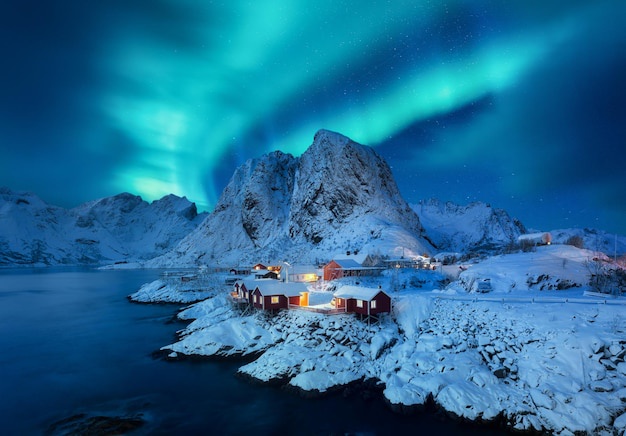Introduction
Welcome to our blog article on landscape photography techniques! In this article, we will delve into the art of capturing the beauty of nature through the lens of a camera. Whether you're a beginner or an experienced photographer, this guide will provide you with valuable insights and tips to enhance your landscape photography skills.
The Importance of Landscape Photography
Landscape photography allows us to capture and preserve the stunning beauty of the natural world. It enables us to showcase the grandeur of mountains, the tranquility of lakes, and the awe-inspiring colors of sunsets. Through landscape photography, we can convey the emotion and essence of a place, transporting the viewer to another world.
Choosing the Right Equipment
Before embarking on your landscape photography journey, it's essential to have the right equipment. A sturdy tripod will help you achieve sharp and stable images, especially in low light conditions. Wide-angle lenses are ideal for capturing vast landscapes, while telephoto lenses allow you to focus on intricate details.
Composition and Framing
Composition plays a crucial role in landscape photography. By carefully selecting the elements within your frame, you can create visually pleasing and impactful images. The rule of thirds is a popular technique where you divide the frame into nine equal parts and place key elements along the intersecting lines. Experiment with different perspectives and angles to add depth and interest to your compositions.
Mastering Light and Exposure
Light is the essence of photography, and mastering its use is fundamental in landscape photography. Golden hour, the period shortly after sunrise or before sunset, offers soft and warm light that can transform an ordinary scene into something extraordinary. Understanding exposure settings, such as aperture, shutter speed, and ISO, will allow you to capture the desired mood and atmosphere in your images.
Post-Processing and Editing
Post-processing is a vital step in landscape photography. With the help of editing software, you can enhance the colors, contrast, and sharpness of your images. However, it's important to maintain a balance and avoid over-editing, as it can result in an unrealistic or artificial look. Remember, the goal is to showcase the natural beauty of the landscape.
Conclusion
Landscape photography is a captivating art form that allows us to connect with nature and share its beauty with others. By understanding the techniques discussed in this article and practicing them in the field, you can elevate your landscape photography skills to new heights. So grab your camera, explore the breathtaking landscapes around you, and let nature's canvas inspire your creativity!


No comments yet